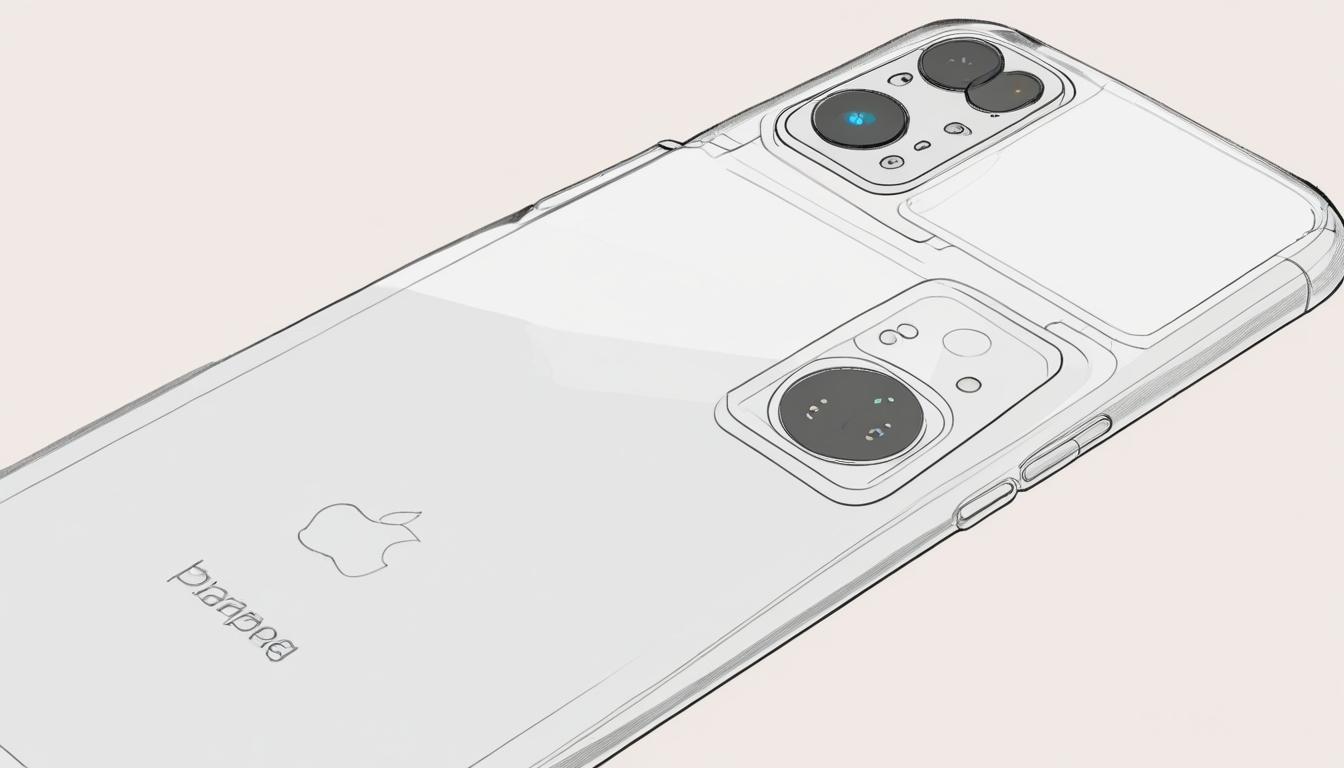The Smartphone Design Wars: Apple and Google's Competing Camera Bar Concepts
In an era dominated by smartphones, even the slightest design alteration can spark intense debate among tech enthusiasts. The newly unveiled iPhone 17 Pro and iPhone 17 Pro Max are at the centre of this fervour, boasting a newly designed horizontal "camera bar" that features prominently across the back of the devices. While Apple enthusiasts may herald this as a groundbreaking innovation, fans of Google seem less impressed, alleging a less-than-original inspiration behind the redesign.
Google has swiftly seized the opportunity to critique Apple, launching a playful yet pointed ad as part of its ongoing Pixel versus iPhone campaign. In this latest commercial, the Pixel, personified as a playful character, reminds an iPhone counterpart of a series of features that Google claims Apple has copied from its own devices. The ad highlights examples like the evolution of the Night Sight feature into Night Mode, Google's Magic Eraser becoming Apple's Photo Cleanup, and widgets that Android users enjoyed long before their iOS counterparts.
While the Pixel already boasts a camera bar renowned for its integrated design, Apple's new aesthetic decisions have drawn scrutiny. Leaked information indicates that the iPhone 17 Pro will sport a rectangular camera bar with rounded edges, housing three rear cameras in a triangular formation. This marks a significant deviation from the traditional camera designs of previous iPhone models and aligns with Apple's historical trend of aesthetic innovation.
However, this so-called innovation has been characterised by critics as an imitation of the Google Pixel design, which has been established for several years now. The iPhone 17 Air is expected to adopt a similar camera bar as well, albeit with a single lens, while the standard iPhone 17 will reportedly stick to Apple's classic vertical or square camera layout. The distinct shift towards a bar design across the iPhone 17 lineup presents a cohesive and modern visual identity, even as it invites comparisons with older smartphone designs, notably those from Poco, rather than directly emulating Google’s Pixels.
The accusations of design copying, while fuelled by rivalry, may reflect a broader trend in smartphone evolution. As technology advances, certain design elements tend to proliferate across different brands, leading to a landscape where innovation is often intertwined with imitation. This complexity is further illustrated by commentary on Google's Pixel design philosophy. Jaeun Park, an industrial designer with Google, has noted that the Pixel camera bar is influenced by liquid metal aesthetics and the company's Material You design language, signifying a deliberate effort to create a unique and visually appealing structure.
Moreover, the significance of brand identity continues to grow in the smartphone market. The competition between Apple and Google extends beyond specifications and design, encompassing narratives that resonate with their respective fanbases. Apple's loyal followers may dismiss Google's playful jibes, while Android enthusiasts delight in the perceived underdog spirit of Google’s messaging.
As the smartphone landscape continues to evolve, the rivalry between Apple and Google serves as a compelling narrative, showcasing how features, designs, and marketing strategies intertwine to shape public perception. The upcoming releases of the iPhone 17 series and the latest Google Pixel devices are not merely product launches but are emblematic of a larger cultural battle for supremacy in the ever-competitive tech industry. Ultimately, it is not only about who innovates first, but who can craft the most compelling story to win over consumers.
Reference Map:
- Paragraph 1 – [1], [7]
- Paragraph 2 – [1], [2]
- Paragraph 3 – [2], [3]
- Paragraph 4 – [1], [4]
- Paragraph 5 – [5], [6]
- Paragraph 6 – [1]
Source: Noah Wire Services
